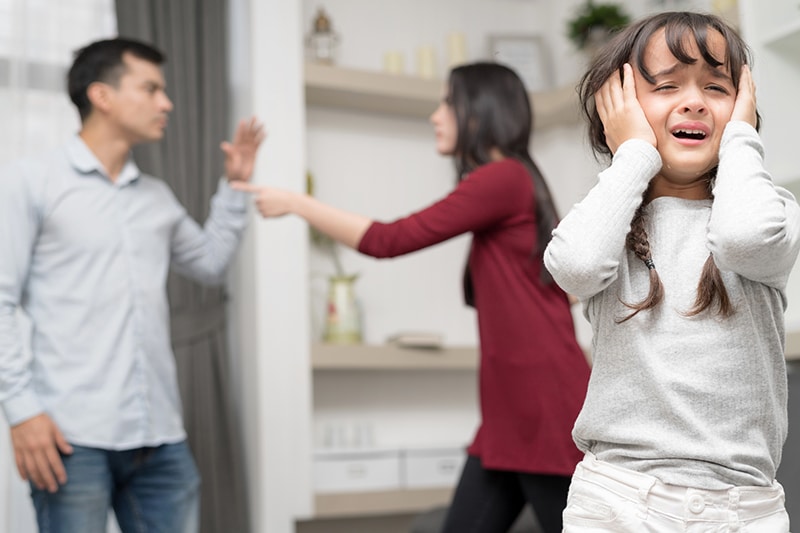Trees are sprinkled with rich hues of auburn, burnt orange, and gold. Front porches begin to glow with iconic Halloween images, and children (and adults) are excited to dress up as their favorite superhero, TV character or movie star—you’ve realized it’s October. Now imagine for a moment that instead of planning for fun Fall activities, you and your child(ren) live in daily fear of a controlling and abusive significant other or parental figure. All you wish for is finding safety for you and your family, but you don’t know where to turn or who can help. Feeling stuck, you decide that as long as you can protect your children from direct physical abuse, they’ll be ok. You hope and pray that school will be a safe escape for them, and will shield them from any effects of domestic abuse. Unfortunately, this isn’t the case.
According to a recent report by The National Intimate Partner and Sexual Violence Survey, 23.04 people per minute face intimate partner violence annually. Furthermore, according to the National Coalition Against Domestic Violence, 1 in 15 children are exposed to intimate partner violence each year, and 90% of these children are eyewitnesses to this violence. Some might assume that as long as children aren’t experiencing direct physical violence, they won’t be negatively affected. This couldn’t be farther from the truth. One of the biggest and most important avenues that children may be affected by witnessing domestic abuse is behavior and school performance.
Educational programs and schooling can start as young as age 2 for some children in daycare programs and pre-kindergarten curriculums, continuing on to elementary school, middle school, and high school. Domestic violence support services report that children who have witnessed or experienced domestic violence can show behavioral symptoms as early as infancy. School-aged children may exhibit such behaviors as:
- difficulty getting along with others,
- hostility and aggression,
- defiant and destructiveness,
- low self-esteem,
- delinquent behavior,
- running away,
- substance use problems,
- patterns of truancy and more.
When children are in school, they are monitored by teachers, school administration and even their peers. While school may provide a safe environment and physical escape from witnessing or directly experiencing domestic abuse, children still carry the emotional and psychological effects of the trauma with them while in school. A child may be physically present in the classroom, but they may find it hard to concentrate on school work and positive peer interaction when they are still reeling from the events of the previous night or live in fear of what it will be like when they return home. Moreover, domestic abuse behavioral effects such as substance use, truancy, aggression, and defiance increase the likelihood that a child will be reprimanded by school policy and, potentially, legal sanctions. Once a child is under the microscope of school administration or the juvenile justice system, they are under constant scrutiny and may quickly get labeled as the “bad kid—” fostering a behavioral expectation of disobedience and poor school performance.
With the physical, mental and emotional effects that witnessing or experiencing domestic violence can have on children and their school performance, it is vital that we as a community do what we can to lift these children up. We must look at children with caring eyes and open hearts and ask “how can we help?”, instead of “what’s wrong with that child?” Parents in abusive situations must be educated on healthy relationships, setting boundaries and seeking help so they can escape abusive homes. If you are experiencing domestic abuse or suspect that someone is, please contact the National Domestic Violence Hotline at 1-800-199-7233 or a domestic violence organization in your local community. October is also National Domestic Violence Awareness Month. Many local organizations are in constant need of volunteers and community partners, so this is a great time to find a domestic violence organization in your area and learn how you can get involved!
These resources will allow parents to teach their children about safe and healthy relationships—inspiring future generations of abuse free homes. This is no easy feat, and communities nationwide must attack this issue with a holistic approach. Children are our future, and they depend on adults, in and out of the home, to teach them, nurture them, and help them succeed. Attacking learned aggression at its roots will help develop a culture of strength, resiliency, and successful educational environments. It will take determination and perseverance, but our children need and deserve an abuse-free life in which to learn, grow and flourish.





